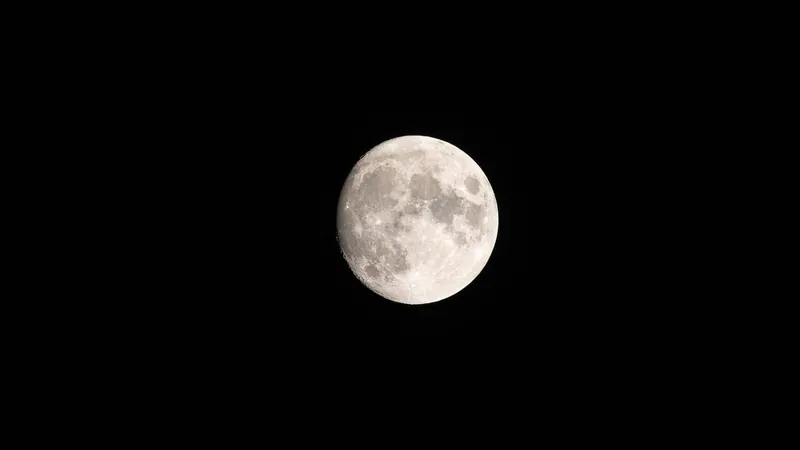
NASA Is Creating a Time Zone for the Moon: Why Every Microsecond Counts in Space!
2024-10-11
Author: Daniel
Introduction
Ever wondered what time it is on the Moon? As our space exploration ambitions reach new heights, the Biden-Harris administration has put forth a fascinating challenge: NASA has been tasked with establishing a dedicated time zone for lunar activities. Cue the creation of Coordinated Lunar Time, or LTC!
Importance of Time Zones in Space
Understanding why this initiative is crucial is simple: time zones help synchronize activities across vast distances. Just like it’s 3 p.m. in New York and noon in Los Angeles, having a standard lunar time will be essential for precise calculations during moon missions.
Role of LTC in Artemis Missions
The LTC will play a pivotal role in NASA’s upcoming Artemis missions, particularly the anticipated Artemis III, which aims to land astronauts on the Moon's surface for the first time since the historic Apollo missions over 50 years ago. Scheduled for launch no earlier than September 2026, this mission is not just about returning to the Moon; it's about laying the groundwork for future lunar exploration and possibly even life beyond Earth.
Establishing Lunar Time Zone
But how will this lunar time zone be established? NASA plans to model the LTC on Coordinated Universal Time (UTC), which is the time standard used globally on Earth. While UTC is calculated based on a network of atomic clocks across the planet, LTC will rely on atomic clocks designed specifically for the Moon. However, before clocks can be dispatched to the lunar surface, NASA must address some complex calculations.
Challenges of Time Dilation
One of the significant challenges lies in Einstein’s theory of relativity. Due to the Moon’s different gravitational pull and velocity compared to Earth, seconds on the Moon tick slightly slower than those on Earth. This phenomenon, known as time dilation, results in a daily time difference of about 56 microseconds. With this variation adding up to over 20,000 microseconds annually, the implications for space missions are profound.
Impact on Astronauts and Missions
To put it in perspective, this difference means that after a day, an astronaut orbiting the Moon could be miscalculated to be approximately 168 football fields away from their actual position! This could jeopardize mission coordination and safety. As Cheryl Gramling, NASA’s timing and standards leader, points out, even minuscule time differences can have enormous repercussions when it comes to space travel at incredible speeds.
Conclusion and Future Prospects
NASA is racing against the clock to finalize the lunar time zone, with a deadline set by the White House of December 31, 2026. In the realm of space exploration, every single microsecond matters—not just for timing, but for the safety and success of future missions that will push the boundaries of human presence beyond Earth. Stay tuned, as this historic endeavor unfolds!

 Brasil (PT)
Brasil (PT)
 Canada (EN)
Canada (EN)
 Chile (ES)
Chile (ES)
 España (ES)
España (ES)
 France (FR)
France (FR)
 Hong Kong (EN)
Hong Kong (EN)
 Italia (IT)
Italia (IT)
 日本 (JA)
日本 (JA)
 Magyarország (HU)
Magyarország (HU)
 Norge (NO)
Norge (NO)
 Polska (PL)
Polska (PL)
 Schweiz (DE)
Schweiz (DE)
 Singapore (EN)
Singapore (EN)
 Sverige (SV)
Sverige (SV)
 Suomi (FI)
Suomi (FI)
 Türkiye (TR)
Türkiye (TR)